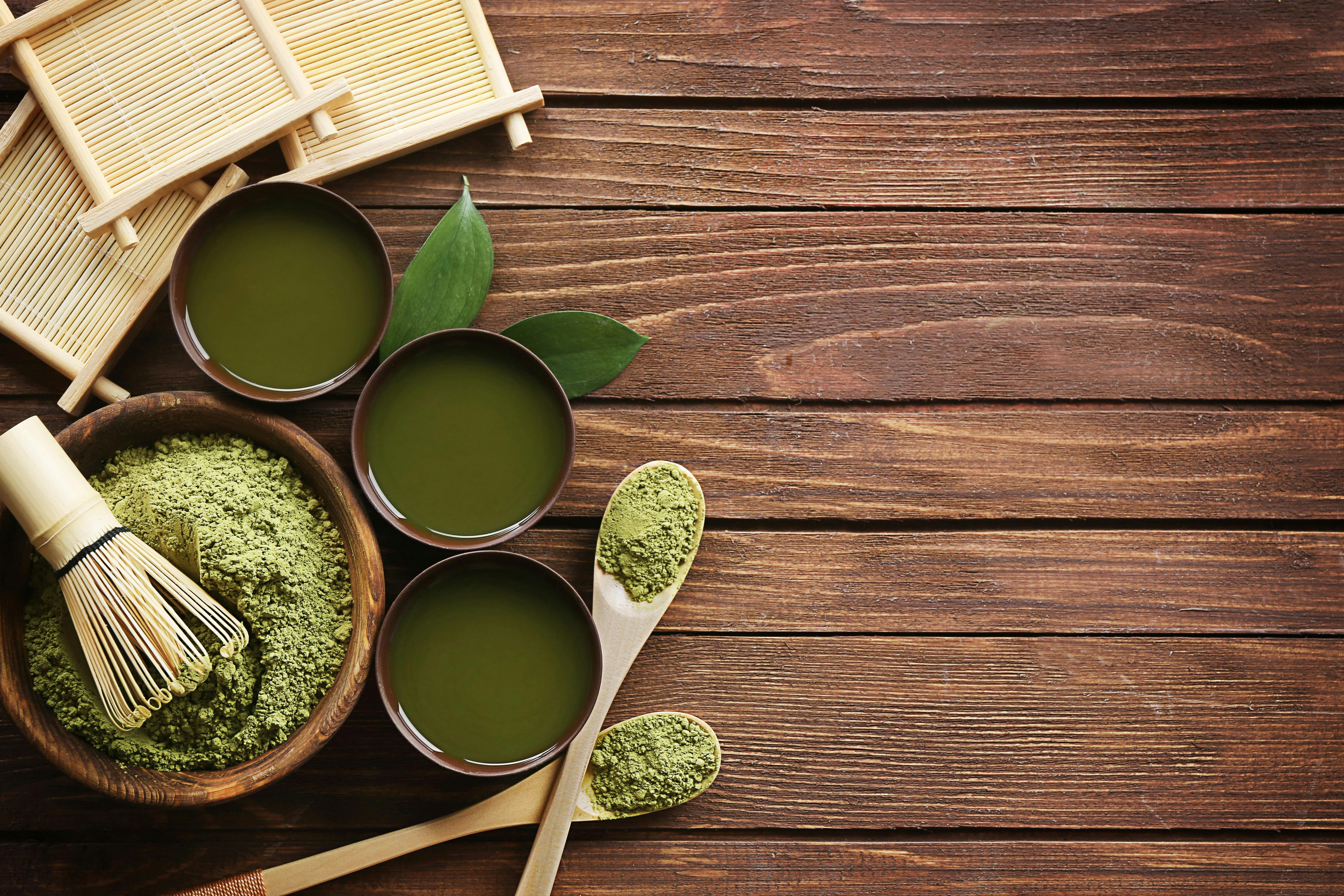Matcha Tea: Japanese Origins, Preparation, and Uses
Matcha is a powdered form of green tea with a long history in Japanese tea culture. Unlike brewed leaf teas, matcha involves consuming the whole ground leaf, which gives it a distinct texture, color, and nutrient profile. Its bright green hue, vegetal flavor, and versatile culinary uses have made matcha familiar to tea drinkers and cooks worldwide. This article explains what matcha is, how it is grown and processed, ways to prepare it, and considerations for choosing and using matcha powder.

What is matcha tea?
Matcha is finely ground powder made from specially grown and processed green tea leaves, typically from the Camellia sinensis plant. Traditional matcha production involves shading the tea bushes for several weeks before harvest to boost chlorophyll and amino acids, particularly L-theanine. The leaves are then steamed, dried, and stone-ground into a fine powder. Because matcha consumes the whole leaf in powdered form rather than an infusion of leaves, it provides a different concentration of flavor compounds and pigments than steeped green tea.
How is Japanese matcha produced?
Japanese matcha follows a specific cultivation and processing method that affects its flavor and color. Tea farmers shade plants to slow photosynthesis and increase chlorophyll and amino acids, then harvest only the newest leaves. After harvesting, leaves are quickly steamed to halt oxidation, dried, and stripped of stems and veins. The remaining soft leaf material, called tencha, is stone-ground to a fine, talc-like powder. Production details such as shading duration, leaf selection, and grinding technique contribute to the final matcha quality and aroma.
Why is matcha green and what is its flavor?
The vivid green color of matcha comes from concentrated chlorophyll in shaded tea leaves, which also produces a richer, more vegetal taste than many other green teas. The flavor tends to combine grassy or seaweed-like notes with a savory umami character, and depending on production, can show sweetness or slight astringency. Roast levels and stone-grinding speed influence nuanced taste differences. Because the whole leaf is consumed, matcha offers a fuller mouthfeel and more sustained flavor profile compared with steeped green tea.
How do you prepare matcha powder?
Preparing matcha starts with sifting about 1–2 grams (roughly 1/2 to 1 teaspoon) of powder into a bowl to remove clumps, then adding a small amount of hot (not boiling) water—about 70–80°C (160–175°F). Whisk briskly in a zigzag motion with a bamboo whisk (chasen) until frothy for a classic thin preparation (usucha). For a thicker paste (koicha), use more powder and less water and stir slowly. Matcha is also blended into milk, lattes, smoothies, and recipes; when using in cooking, it’s often mixed with dry ingredients to ensure even distribution.
What are matcha’s common uses and health considerations?
Matcha is used both as a beverage and as an ingredient in foods such as confections, baked goods, and savory dishes. People appreciate its distinct color and flavor as well as the textural possibilities that powder provides. Regarding health, matcha contains caffeine and other bioactive compounds; effects vary by individual and serving size. This article is for informational purposes only and should not be considered medical advice. Please consult a qualified healthcare professional for personalized guidance and treatment. Individuals who are pregnant, nursing, or sensitive to caffeine should consider their intake and consult a professional.
Where to buy authentic Japanese matcha powder in your area
When looking for authentic Japanese matcha powder, consider retailers that specify origin, harvest season, and grade (for example culinary versus ceremonial). Specialist tea shops, reputable online vendors, and some grocery stores with dedicated tea sections commonly sell matcha. Labels that list cultivar, region, and grinding method can help identify more carefully produced products. If you prefer in-person selection, local services such as specialty tea stores or Japanese grocery stores often allow inspection of packaging and staff can explain differences between culinary and ceremonial uses.
Conclusion
Matcha tea is a distinctive form of green tea made by grinding shaded tea leaves into a fine powder. Its cultivation and processing in Japan create a bright green powder with a vegetal, umami-rich flavor that can be enjoyed as a traditional whisked tea or incorporated into recipes. Understanding its production, preparation methods, and how to select matcha according to intended use helps ensure a satisfying experience whether you choose it for taste, culinary use, or cultural appreciation.




